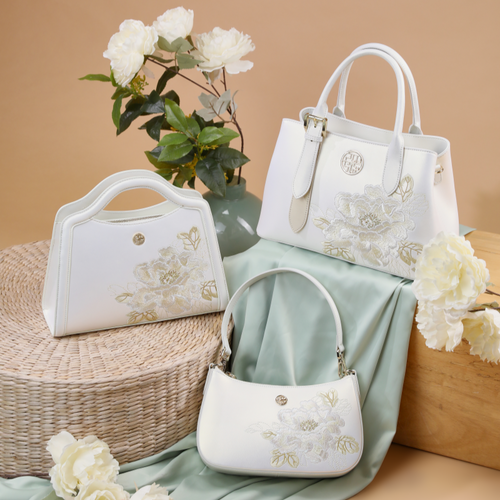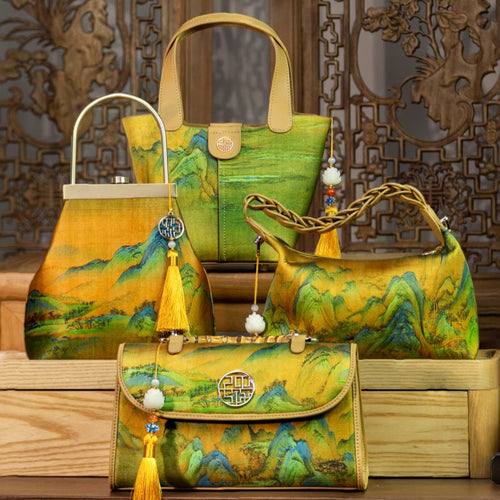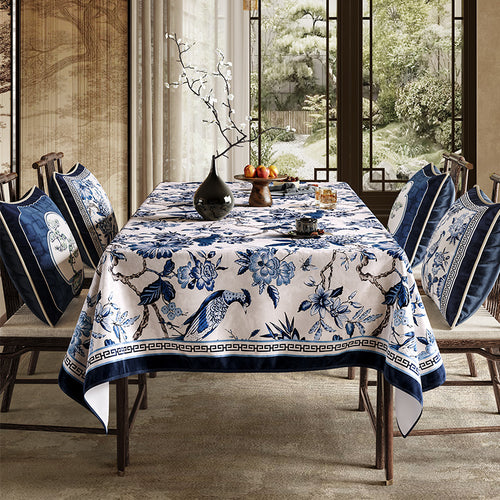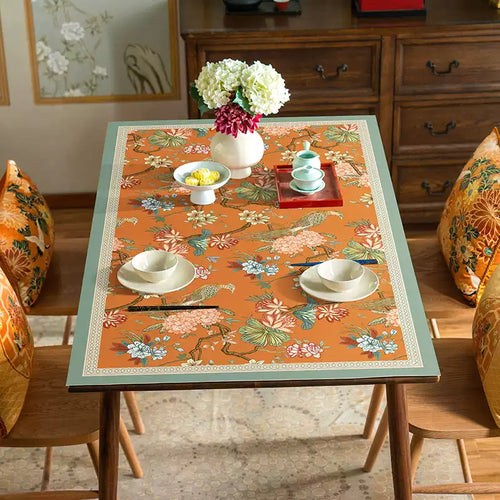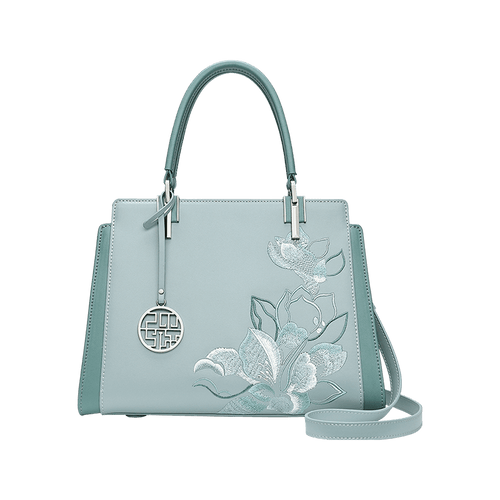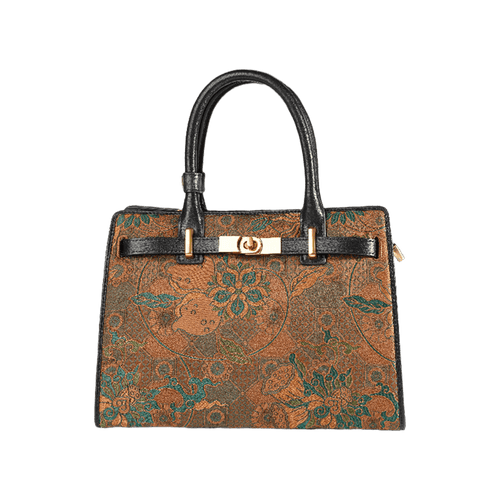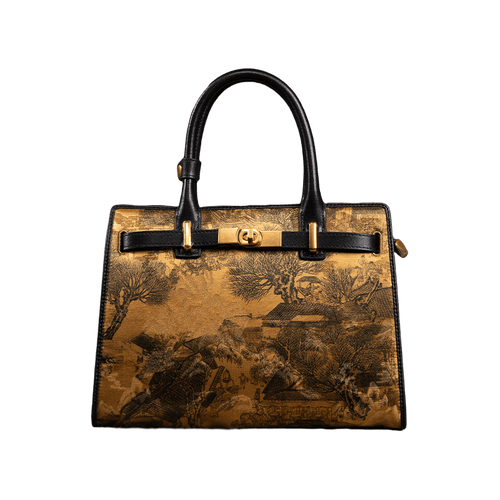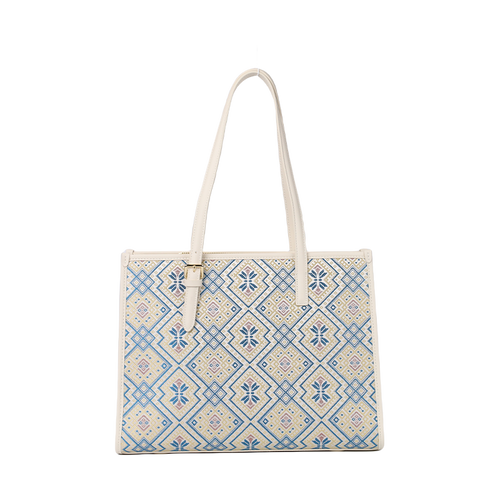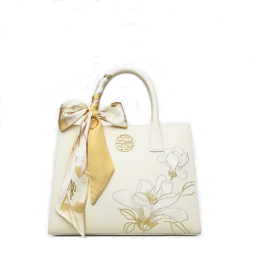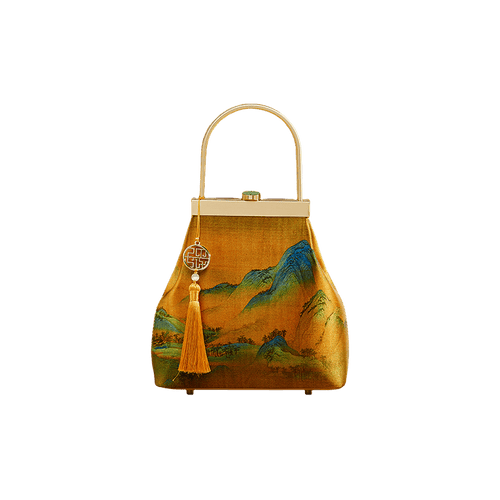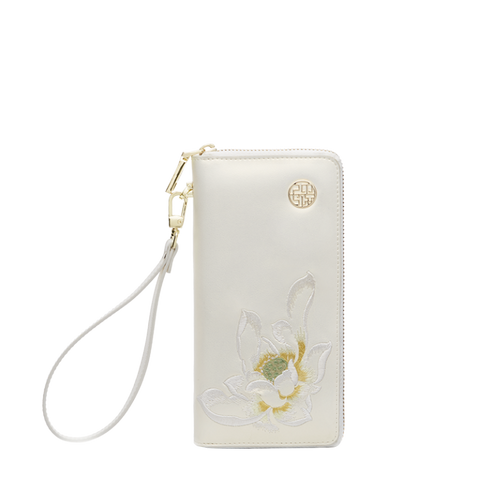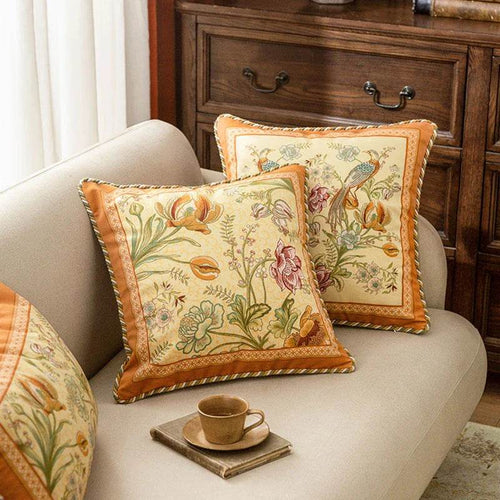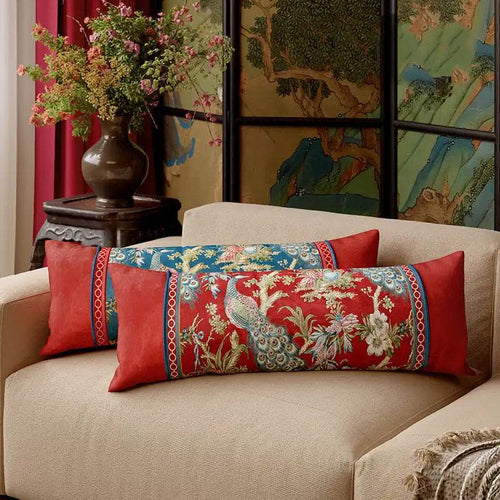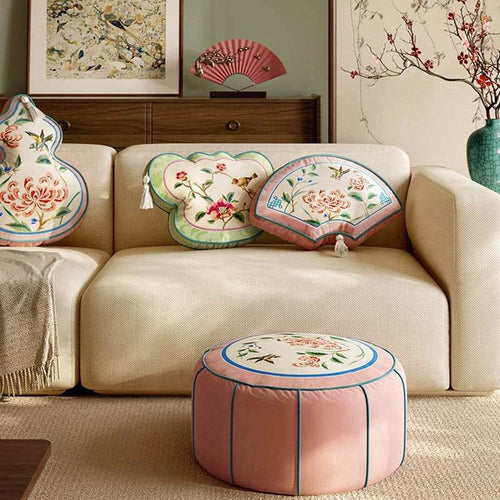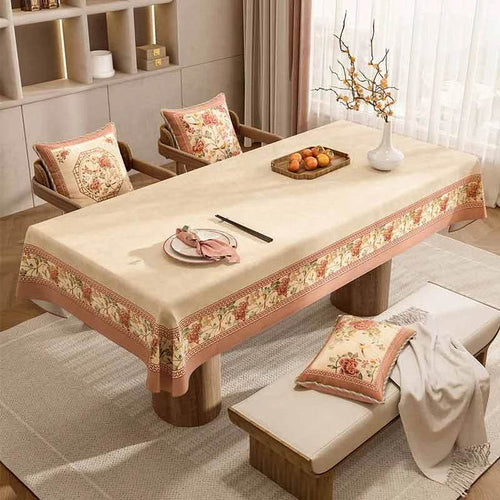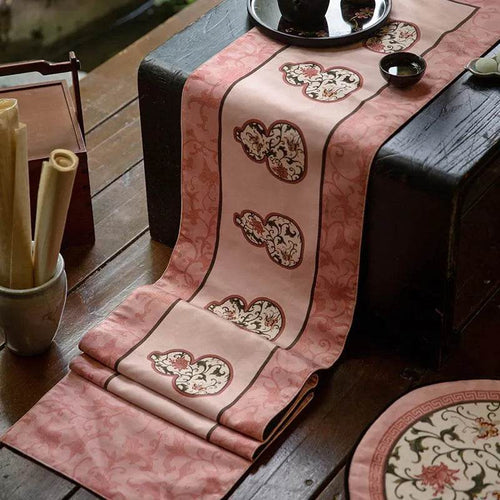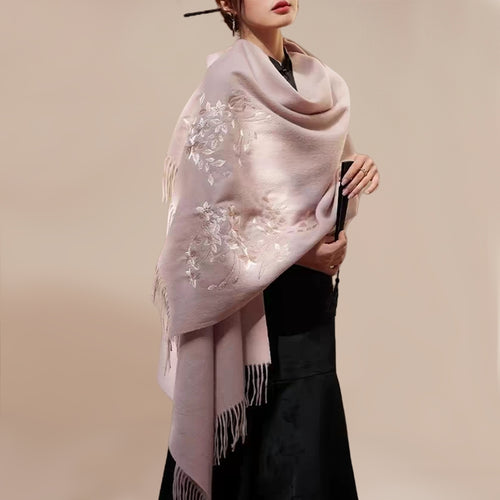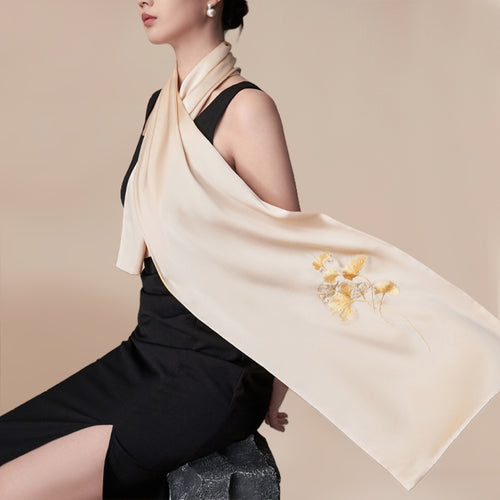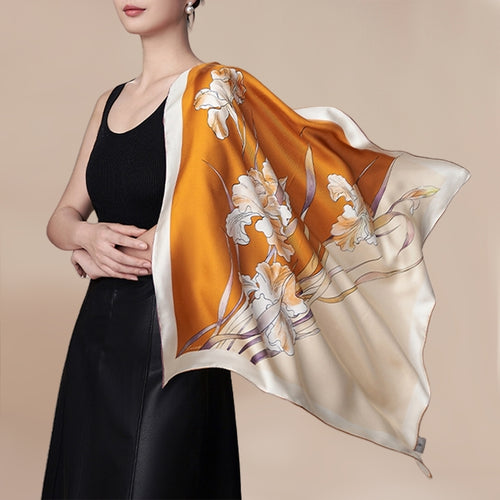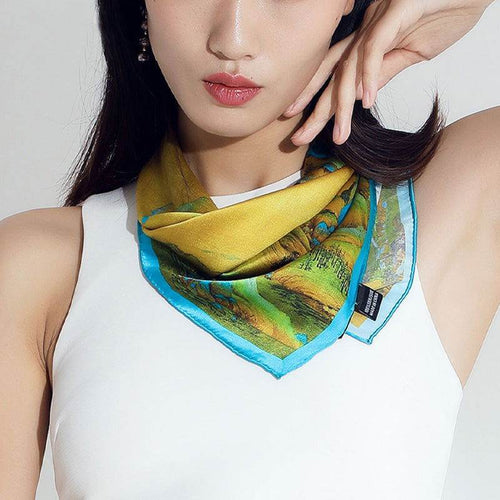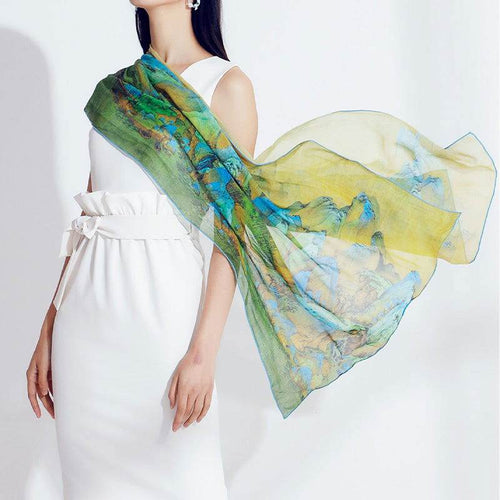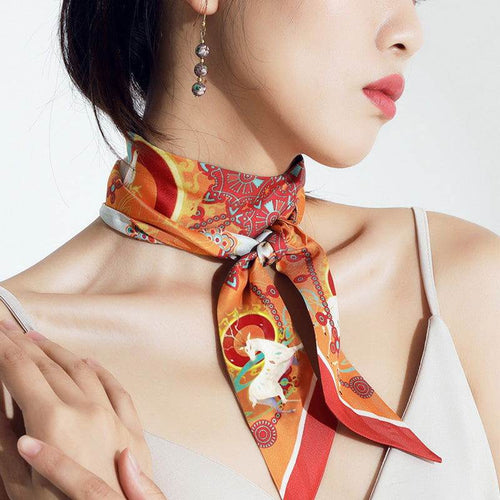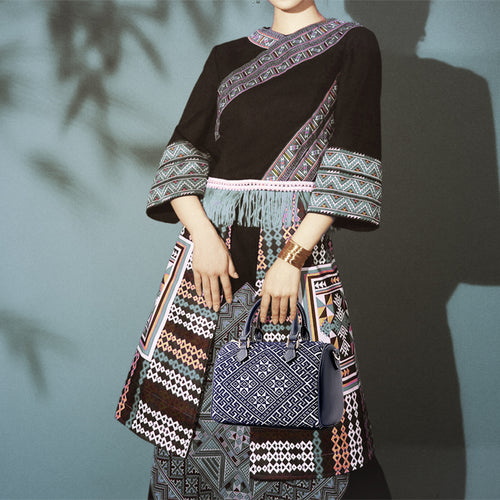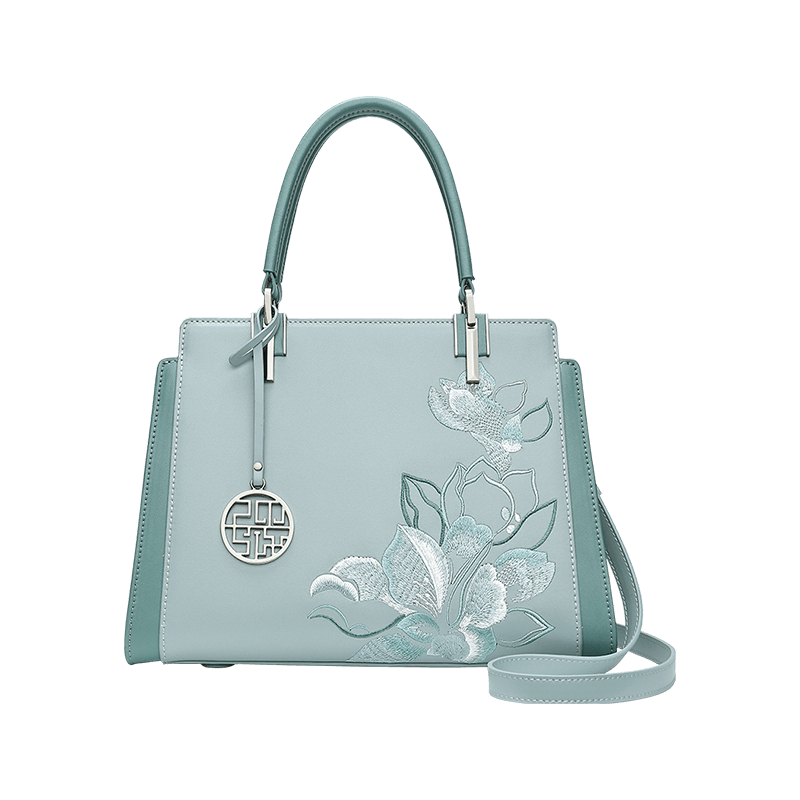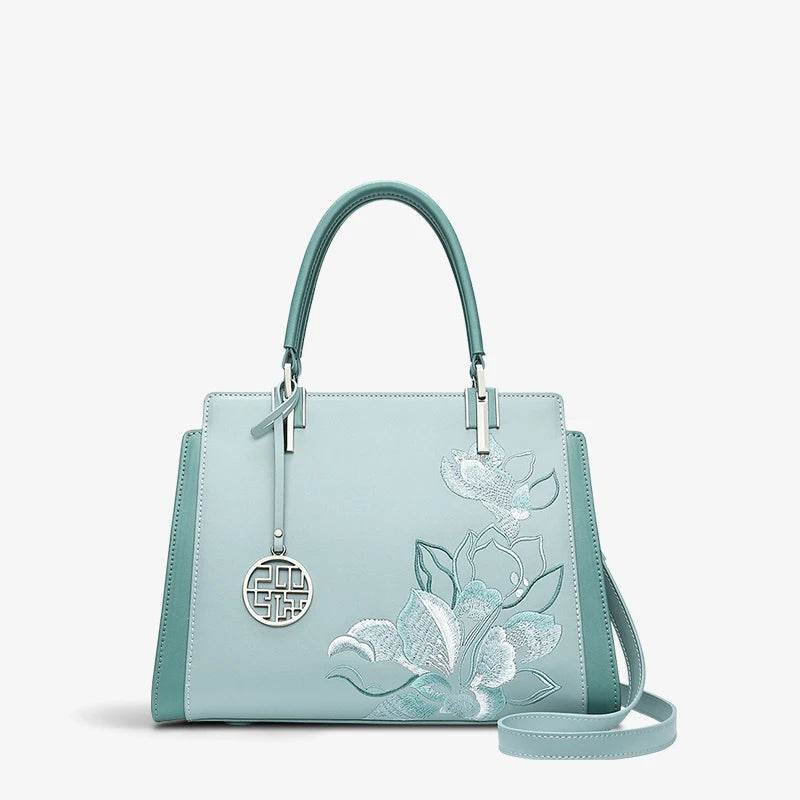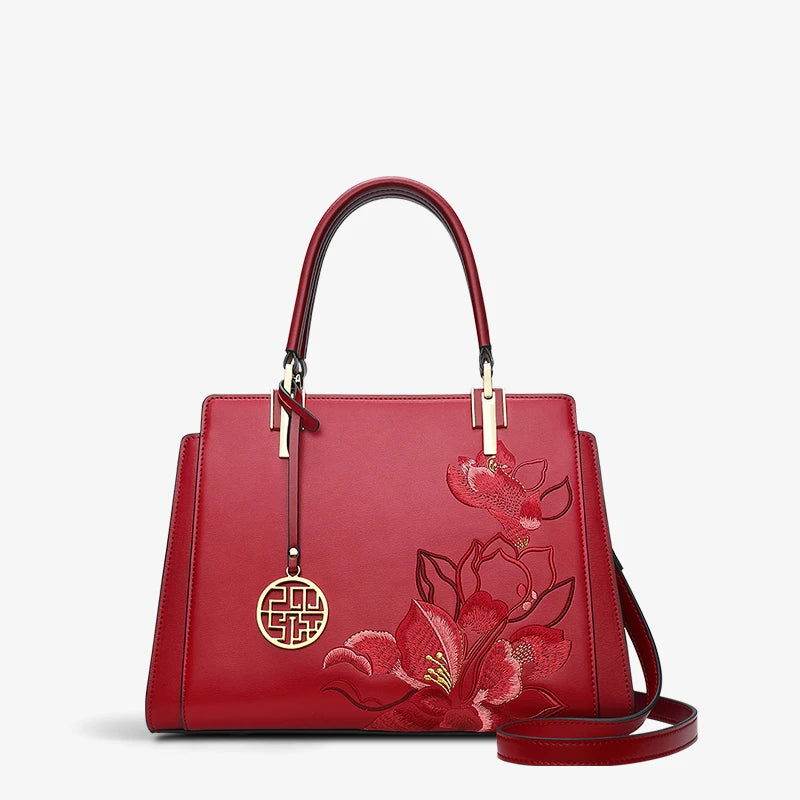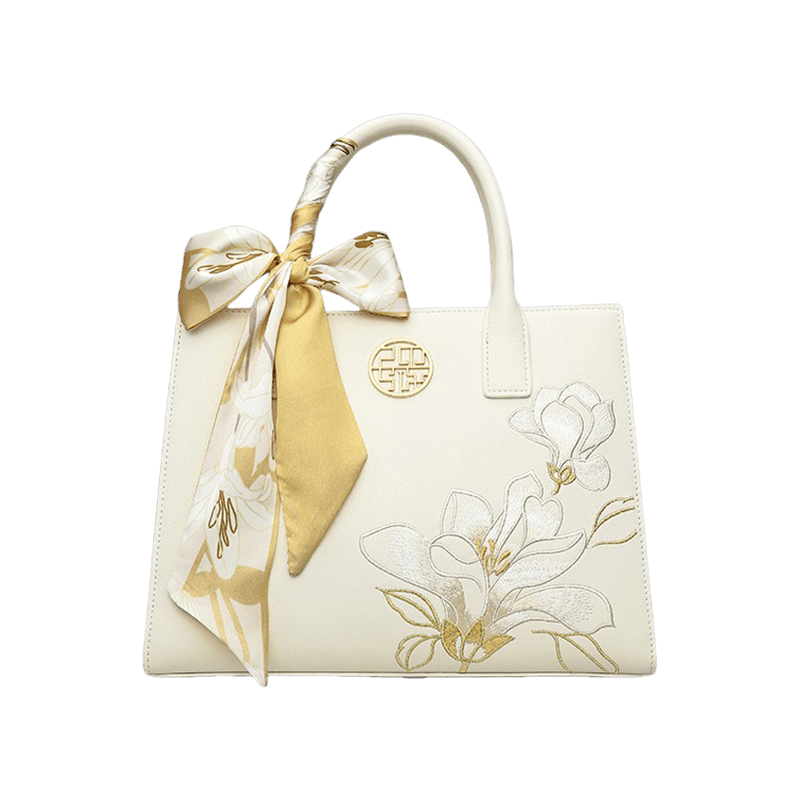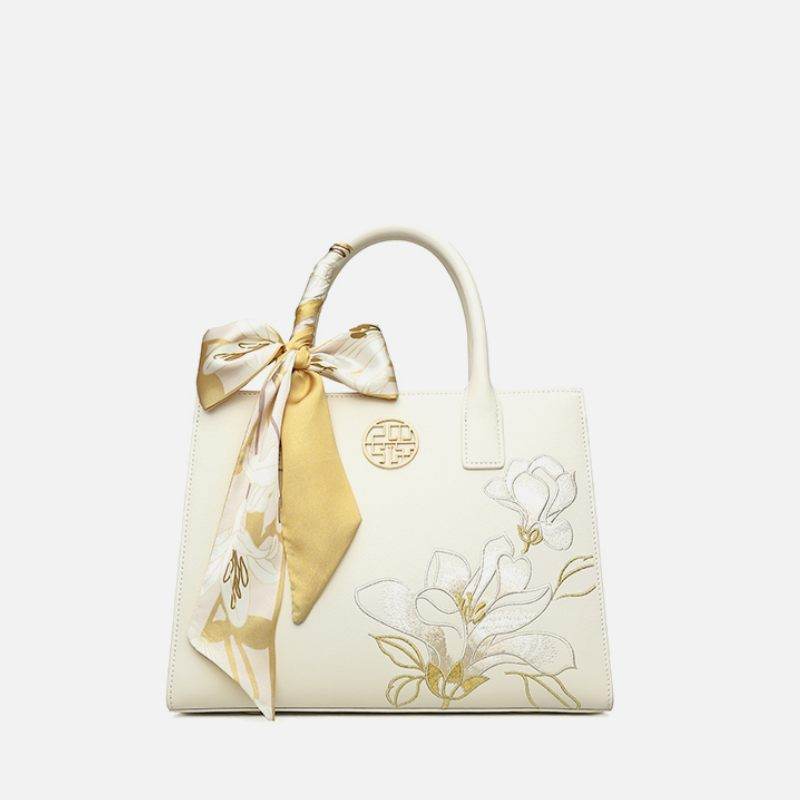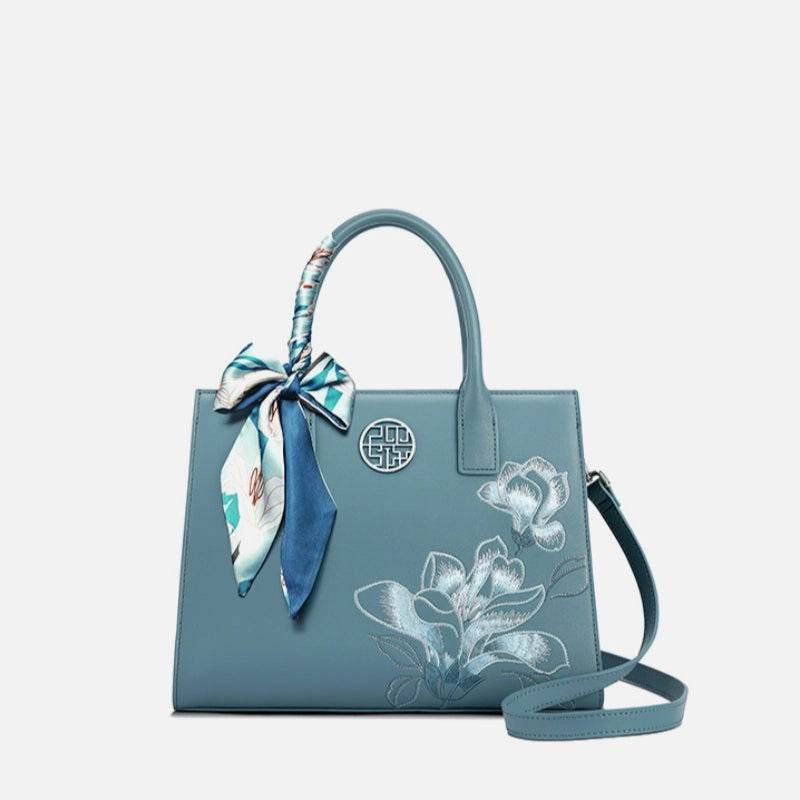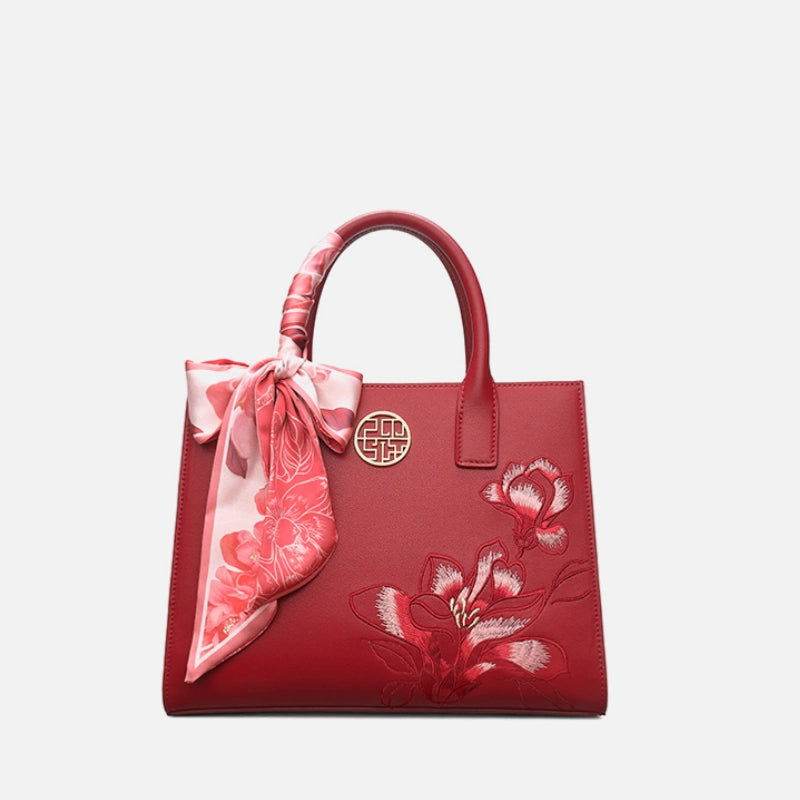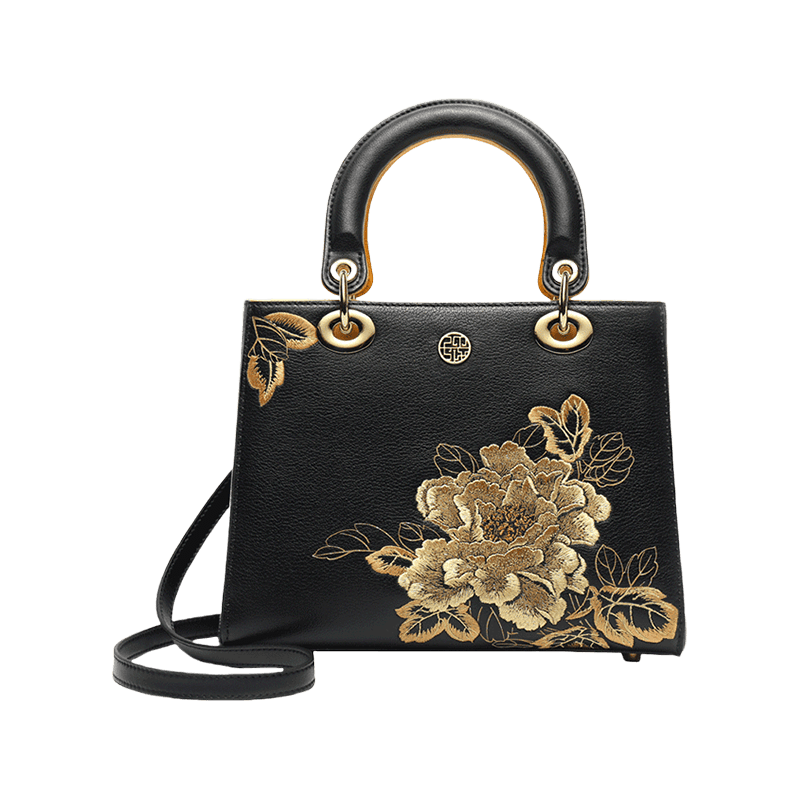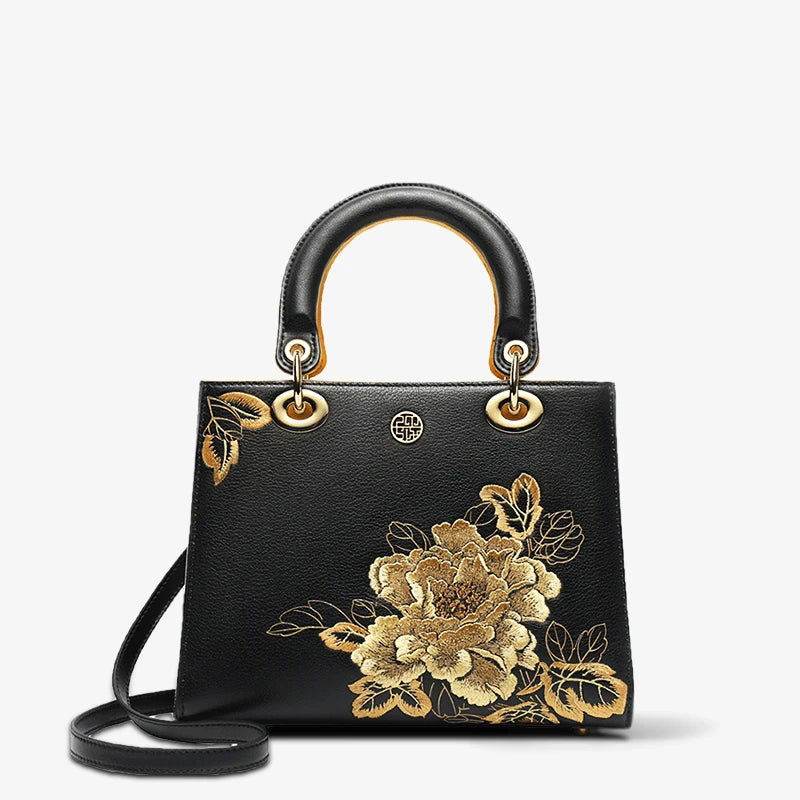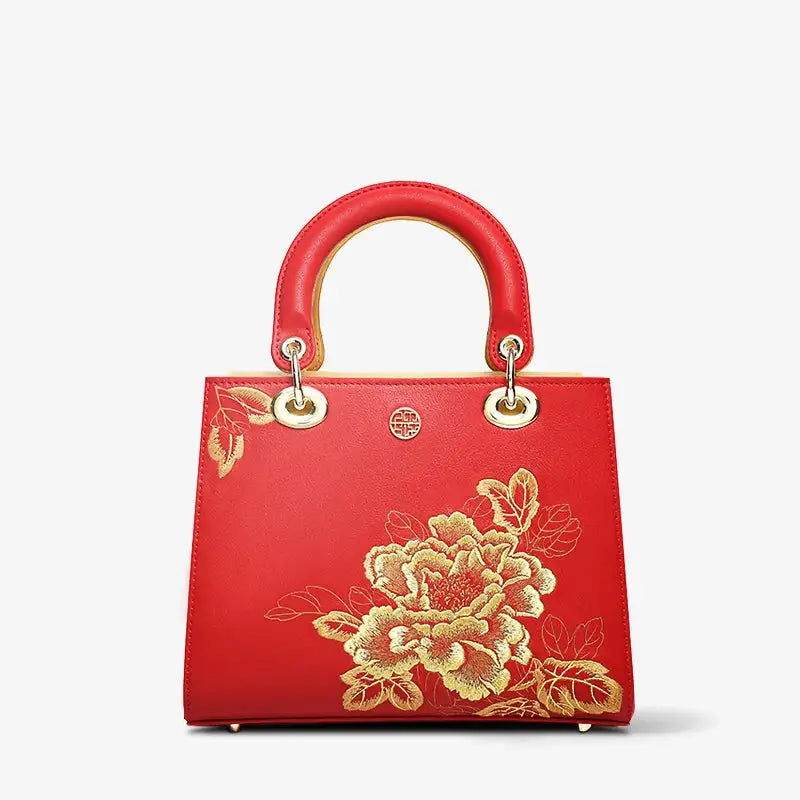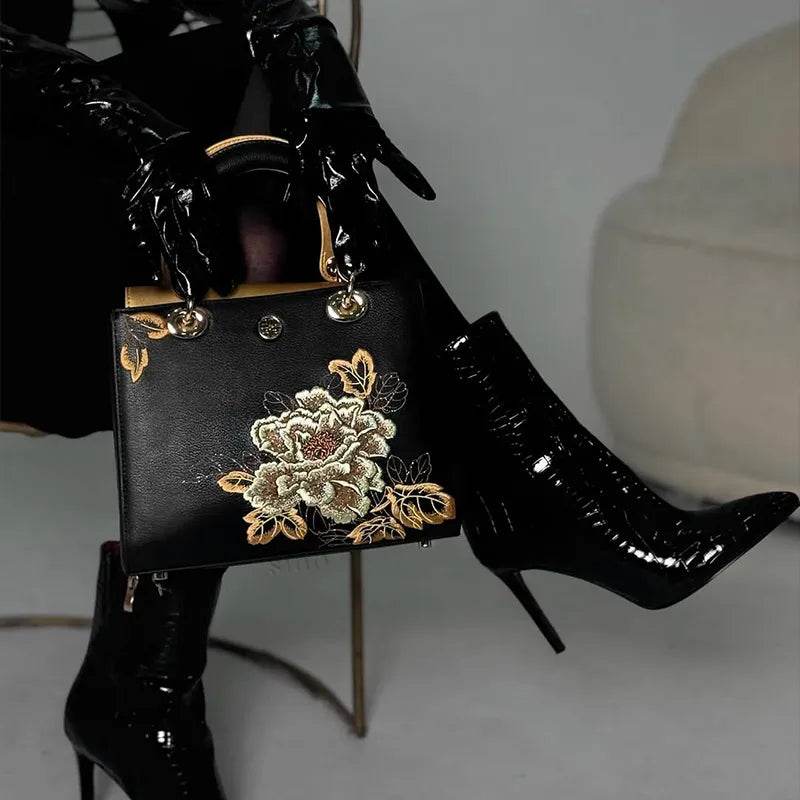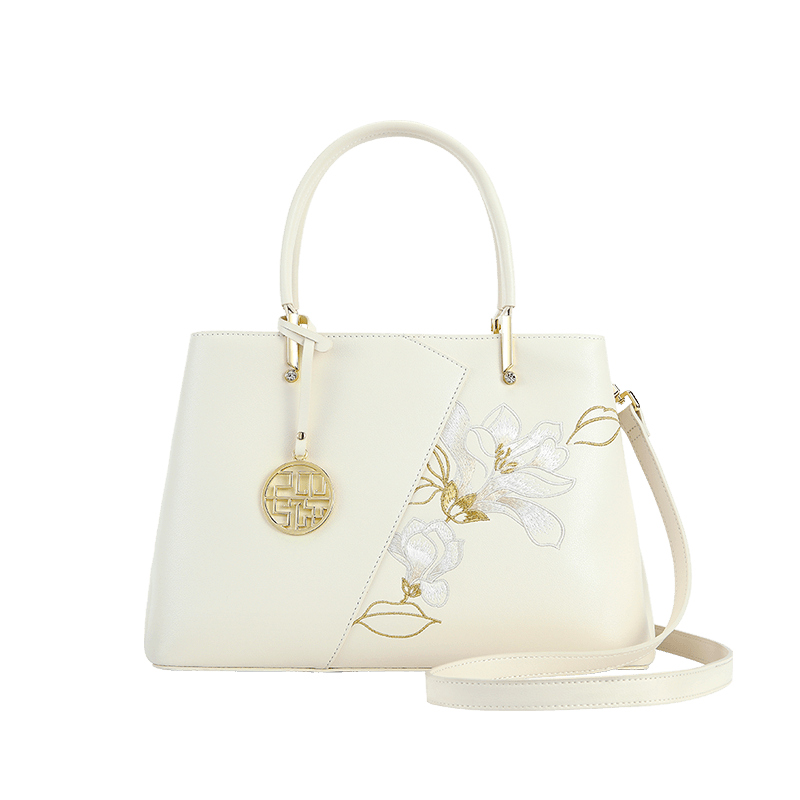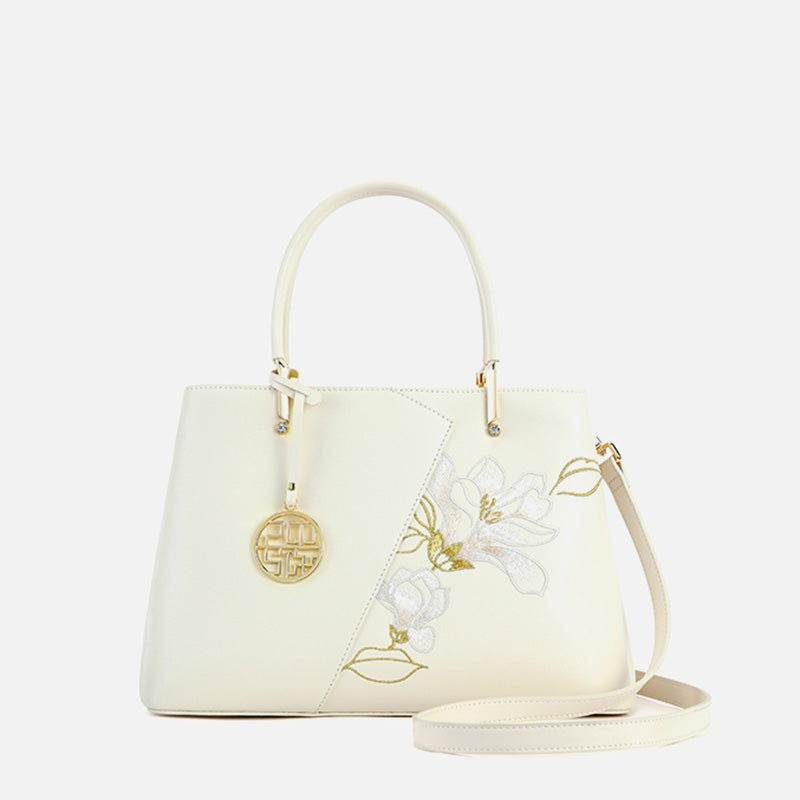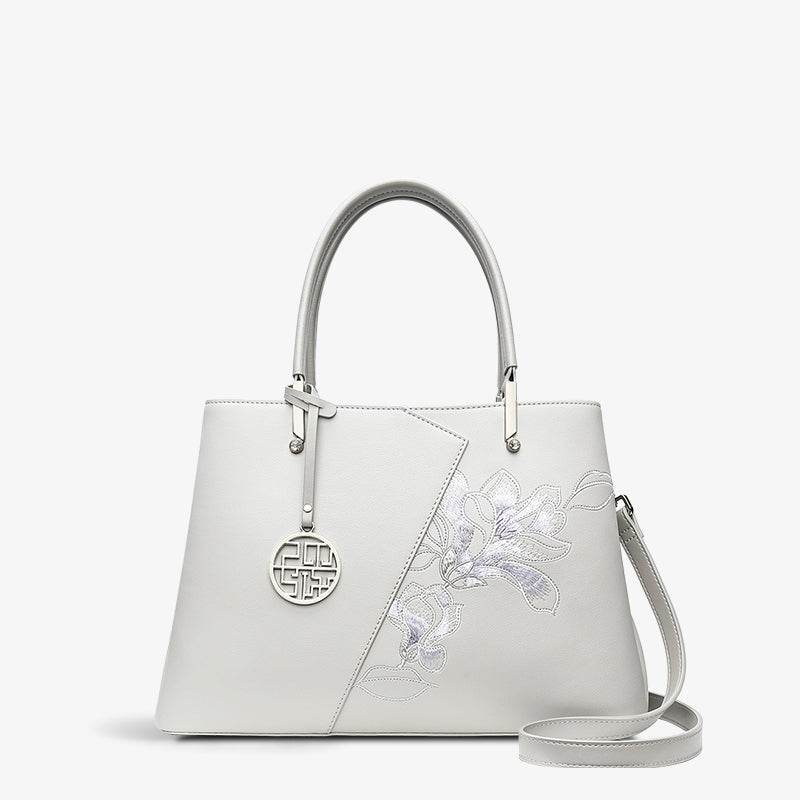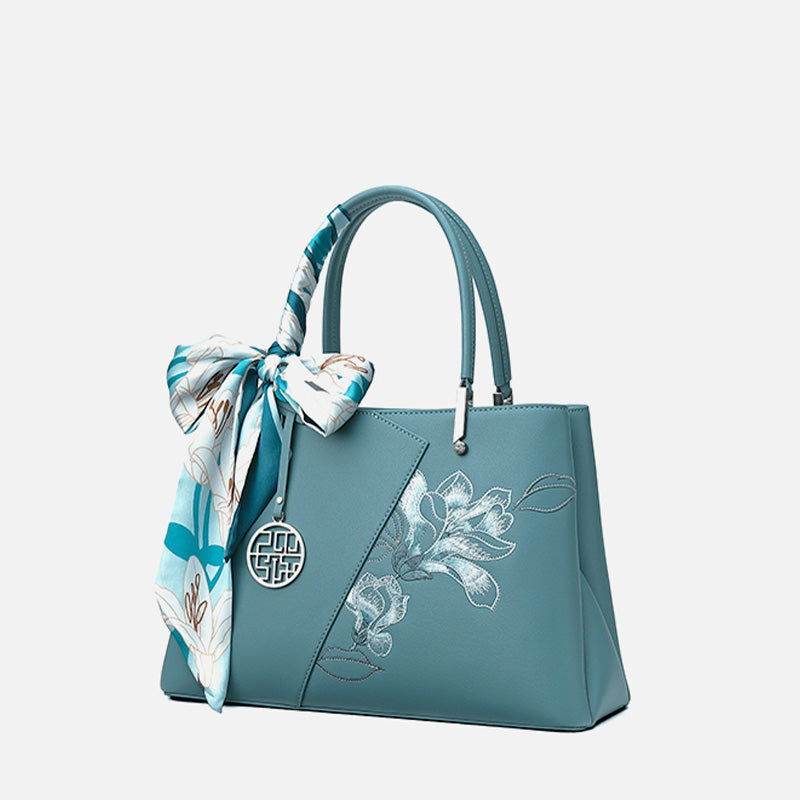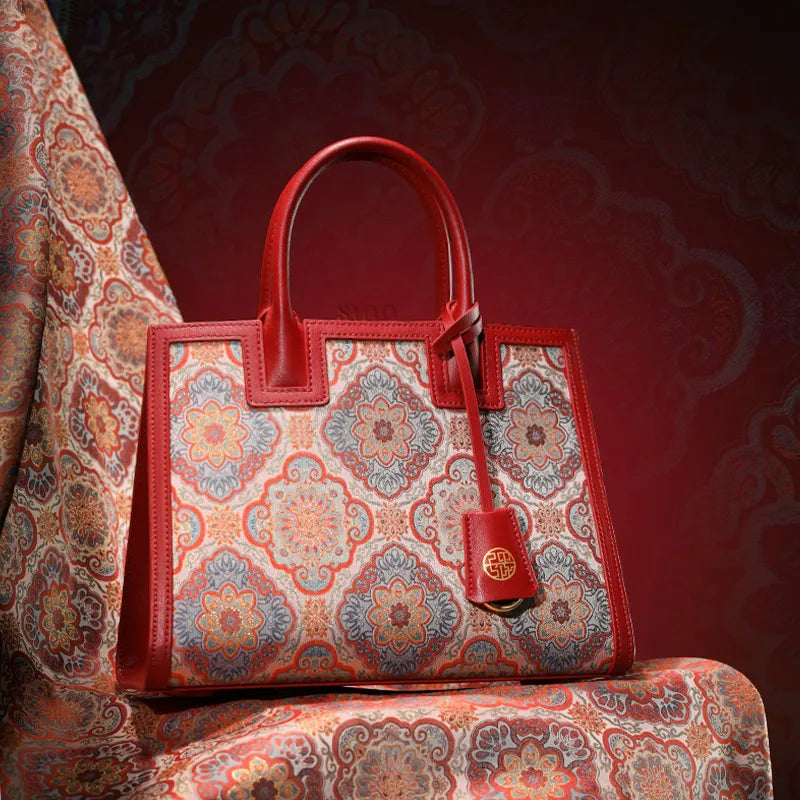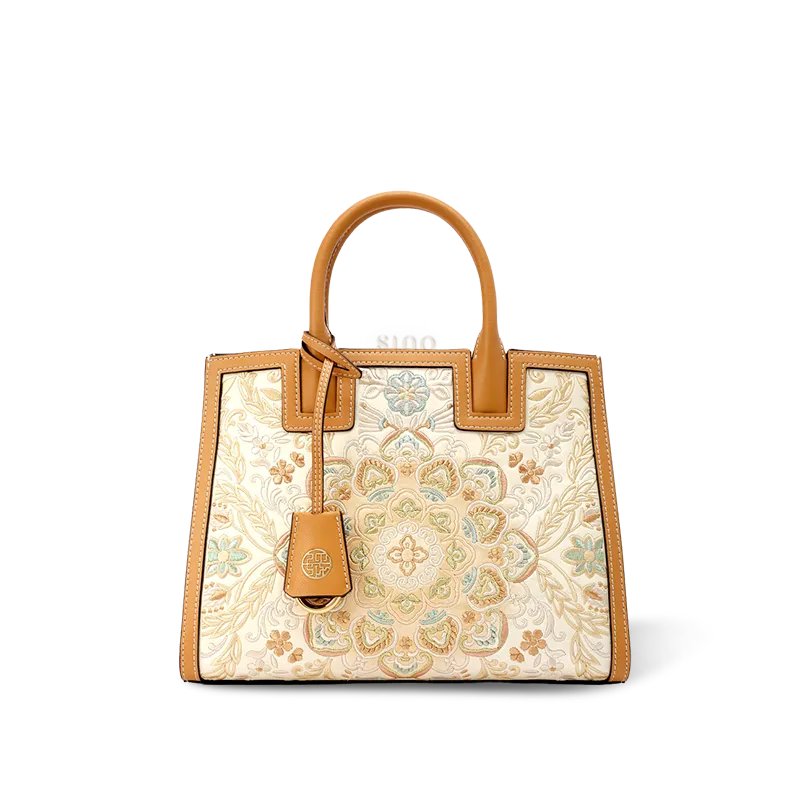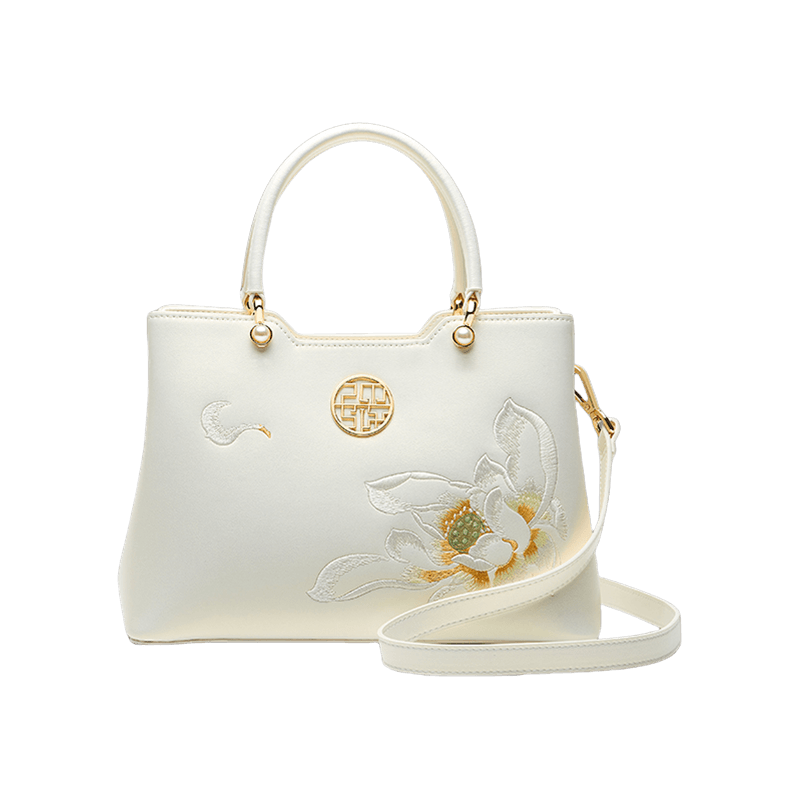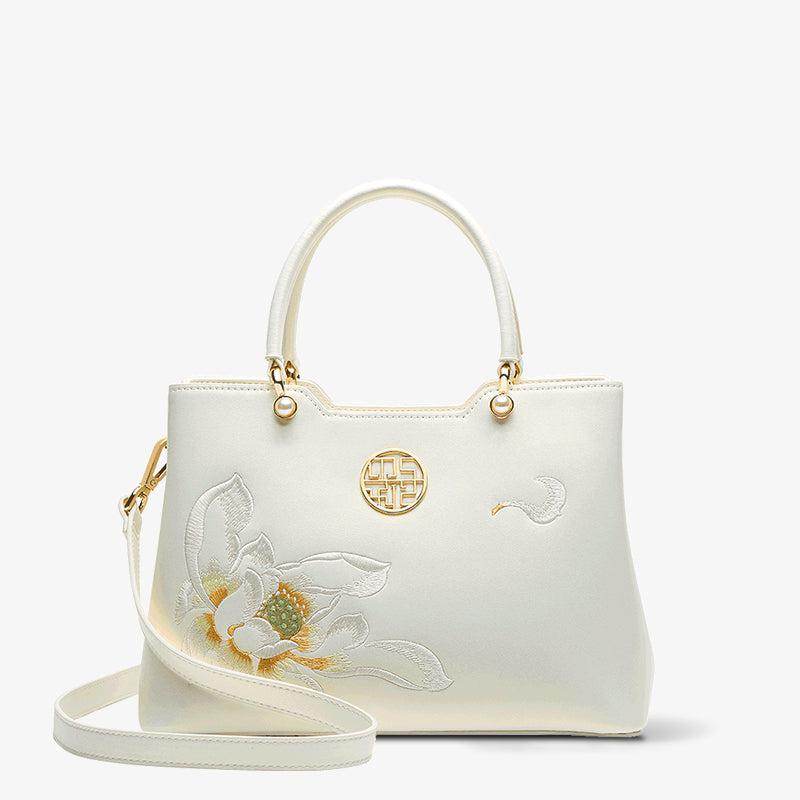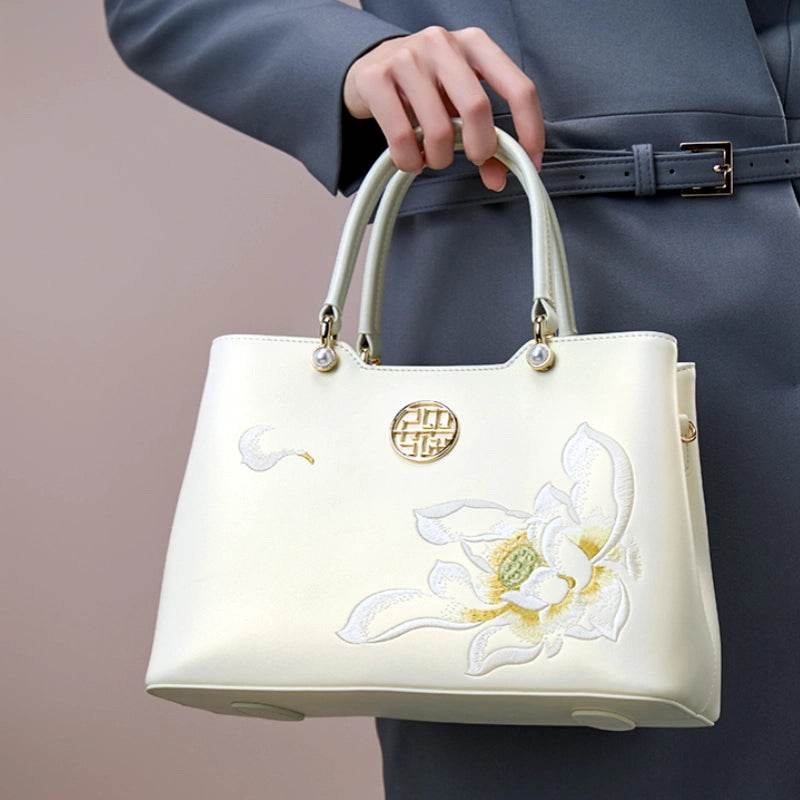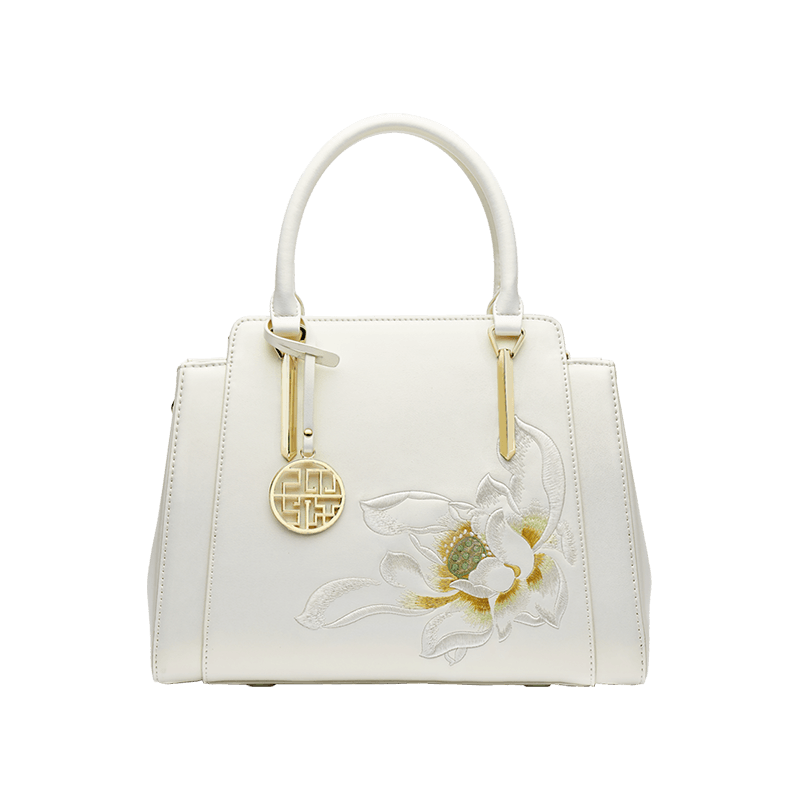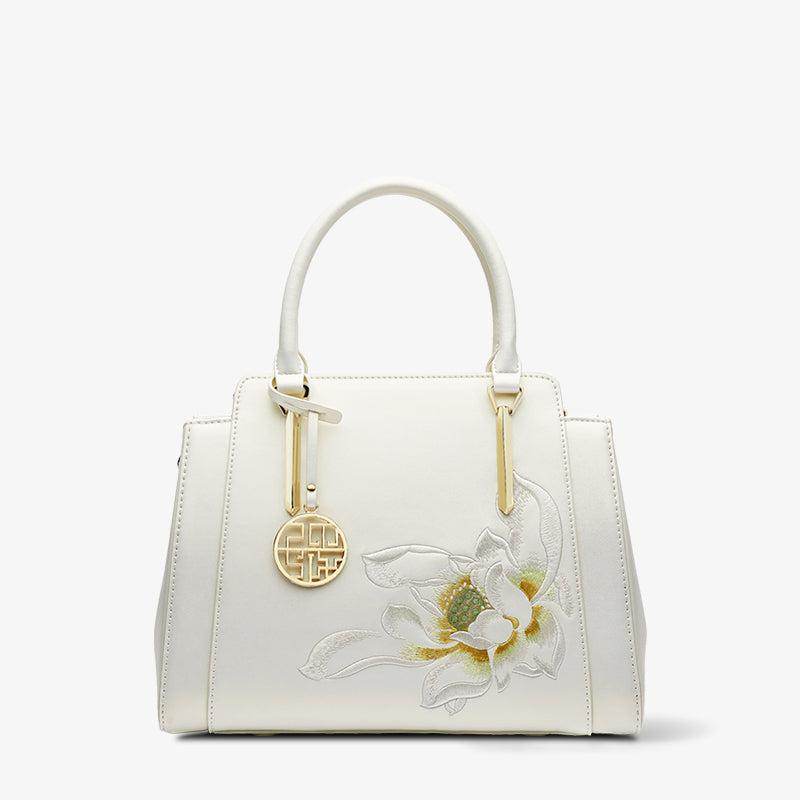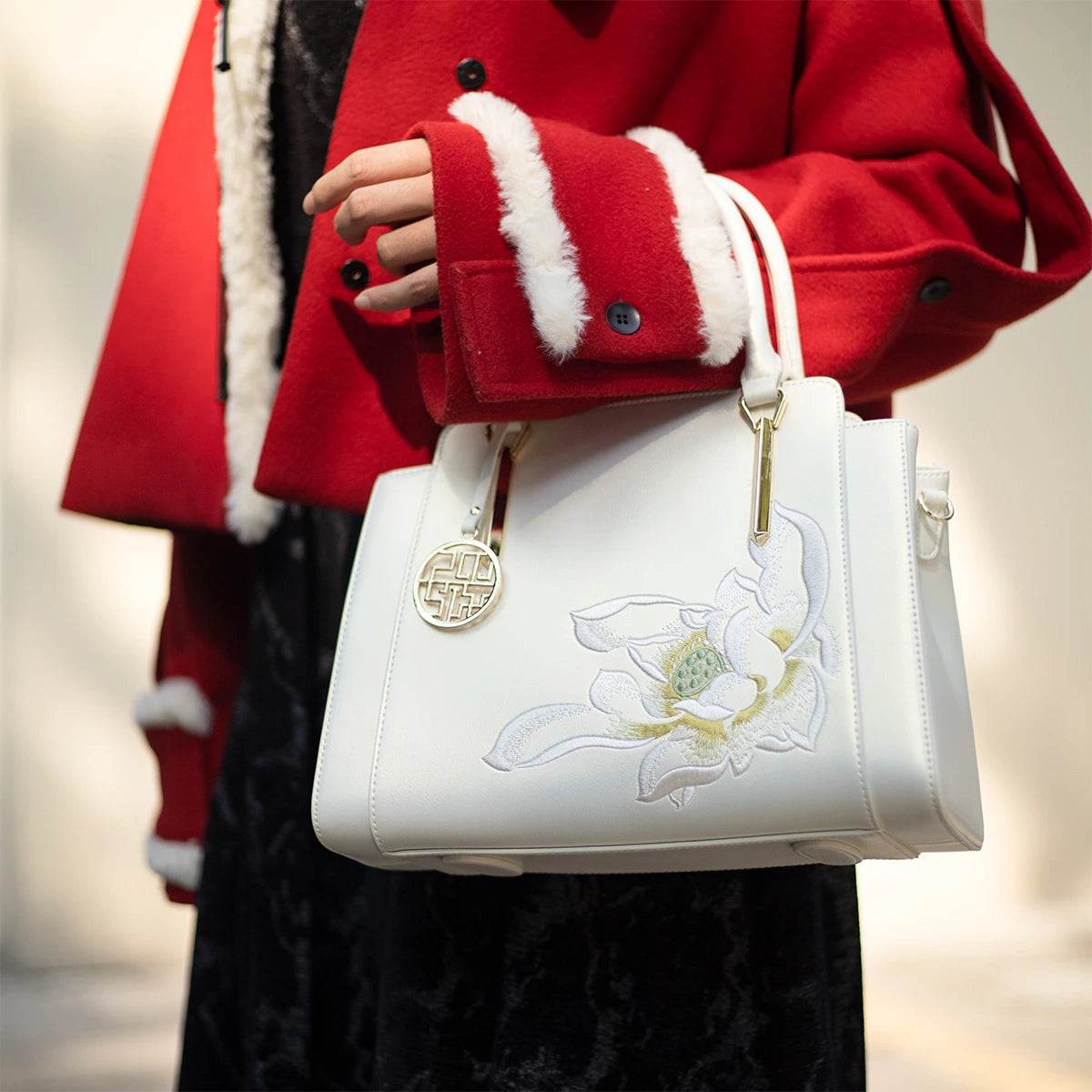China's Intangible Heritage Traditional Fine Arts: Unique and Rich Artistic Characteristics
China's intangible cultural heritage ("ICH") is a treasure trove full of historical and cultural connotations, of which traditional fine arts are the brightest pearls in this treasure trove. With its exquisite skills, rich forms of expression and profound meanings, Chinese traditional arts have shown the world the wisdom and emotions of the Chinese people for thousands of years. This article will take you to explore the characteristics of Chinese intangible cultural heritage traditional art to help you better understand and appreciate this unique art form.
Exquisite Skills and Unique ,Craftsmanship
Chinese traditional intangible cultural heritage arts are marvelous for their exquisite skills and unique craftsmanship. Taking painting as an example, Chinese painting emphasizes the expression of "mood", focusing on the integration of the painter's inner world with nature. Painters use simple painting tools such as brush, ink, paper and inkstone to create ever-changing images through techniques such as outlining, dabbing and rubbing.
In addition, traditional Chinese sculptures also have high artistic value. Wood carvings, stone carvings, ceramic sculptures and other works are characterized by fine carving techniques and vivid and vivid figures. These sculptures not only have high aesthetic value, but also reflect the lifestyle and beliefs of the ancient Chinese people.
Various Forms of Expression and Profound Meaning
The forms of expression of Chinese traditional intangible cultural heritage art are diverse, covering painting, sculpture, ceramics, paper-cutting and weaving, etc. These works not only show the ancient Chinese people's way of life, but also reflect their beliefs and beliefs, showing the aesthetic interests of ancient Chinese people,and contain rich cultural connotations and meanings.
For example, landscape paintings in Chinese painting express the harmonious symbiosis between man and nature; flower and bird paintings use plants and animals in nature as their subjects, implying respect and love for life; and figure paintings convey moral and ethical values through depicting historical stories and characters. In addition, folk art forms such as paper-cutting and weaving, with their unique patterns and color combinations, convey auspiciousness, blessings and harvests.
Emphasizing Harmony and Balance
Chinese intangible cultural heritage traditional arts emphasize harmony and balance. This idea is reflected in painting, sculpture and architecture. In painting, the balance and harmony of the structure of the picture relates to the visual effect of the work; in sculpture, the harmony and balance of the shape makes the work more vivid and powerful; in architecture, the harmonious relationship between the whole and the part reflects the flavor and beauty of traditional Chinese architecture.
Integration of Nature and Humanism
Chinese traditional arts emphasize the integration of nature and humanism. Whether it is landscapes, flowers and birds in paintings or animal figures in sculptures, they all reflect the respect and love for nature. At the same time, these works also reflect the lifestyle and cultural beliefs of the ancient Chinese people, embodying the importance of humanism in artistic creation.
Historical and Cultural Value
Chinese traditional arts have profound historical and cultural values. These works are not only the creative achievements of artists, but also an important carrier of the history and cultural inheritance of the Chinese nation. Through the research and inheritance of the traditional fine arts, we can have a deeper understanding of the history and cultural traditions of the Chinese nation and provide valuable reference and inspiration for future artistic creation.

